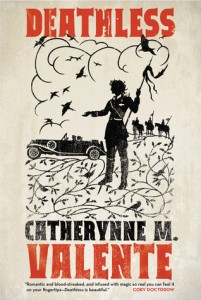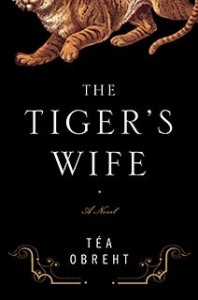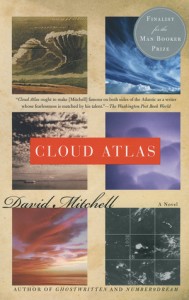The Central Park Menagerie
Here’s another historical article I’m sharing from my research reading on Gilded Age New York. This is from The Epoch, Vol. III, No. 73. June 29, 1888, and was written by William A. Conklin, Superintendent of the Menagerie from the 1860s through the 1880s.
I found it by turns informative, amusing, and sad. Conklin provides a history of the institution and is transparent about facts and figures, but, unsurprisingly I suppose, still manages to display the racism of the times. He follows up an anecdote about how he’d intended for a chimpanzee to be named “Uncle Remus” with a note that that primate could be sold for $5,000 any day they cared to put him on the market.
The Menagerie in Central Park has been a gradual growth. It started in 1860 with a few white swans, some of them presented by the city of Hamburg, Germany, and others given respectively by the Vintners and Dyers Companies of London. In 1862 a monkey was added. It was the gift of Mr. Frank Towle of New York, whose brother has lately been appointed one of the Park Commissioners.
In the early days the money needed for the care and support of the animals was paid out of the regular fund appropriated to meet the expenses of the Park; we found it rather difficult to manage the enterprise in this way, for the Superintenden[sic] of the Park very naturally objected to having Park money used for the animals whose expenses were taken from money that should have gone to the support of labor.
It was not until 1882 that the Board of Apportionment recognized the Central Park Menagerie. In that year the Board appropriated $15,000 for its maintenance. That did not go far in the purchase of specimens and was used principally for the care of the animals and for repairs to the buildings. The animals were first kept in the basement and on the second floor of the Arsenal, which was a State institution up to the year 1857, when the portion of the city where it is located was taken for Park purposes.
In 1883 the Board of Apportionment gave $18,000 for the Menagerie, and since then the appropriation has been gradually increased until now the amount received is $30,000 a year. Out of this sum are paid all expenses for repairs to the buildings, food for the animals, wages for the keepers and for additions to the collection.
It is not, I think, unjust to say that the Menagerie is the most attractive feature of Central Park. Nine out of every ten persons who enter the Park by the lower entrances wend their way to the Menagerie, and strangers visiting the city from all parts of the world are sure to pay the animals a visit. People take great pleasure in looking at live animals–very few care for the stuffed collections. In fine weather we have daily from 100,000 to 125,000 visitors. One day last Summer I had an actual count made of the persons coming through the two entrances to the grounds between the “rush” hours of two and six P.M. The number reached 77,000, which represents quite a mass of humanity.
The Central Park Menagerie now contains specimens from the different varieties of genera such as the rhinoceros, hippopotamus and elephant; specimens of the carnivora, such as tigers, leopards, jaguars, pumas and hyenas. Of birds we have not a very large collection. We have a few Australian ostriches, some parrots, a number of small singing birds, some cranes; our water fowl are scattered over the lakes.
Our most distinguished guest is the chimpanzee, “Mr. Crowley.” Just as I received him into the collection I was starting for Europe. In answer to the keeper’s question as to what we should name the new arrive, I said: “Call him Uncle Remus”–having in mind the negro story-teller of the South. The keeper did not remember the name, and substitute that of “Mr. Crowley,” which he has retained ever since. It is safe to say that he is the most notable “Mr.” in America. Like a great many pubic men, however, I must confess that “Mr. Crowley” owes his reputation to the newspapers; he has been “written up” by countless journalists in all parts of the country. “Mr. Crowley’s” money value is $5,000, i.e. we could get that sum for him any day we wanted to sell him. The two hippopotami and the rhinoceros are each worth $5,000, and as they grow larger each year their value increases.
Young lions are worth more than old ones. The average age of a lion in captivity is about fifteen years. It may not be generally known that animals captured in a wild state are more easily tamed than young ones brought up in captivity. When the lion is captured his temper is broken by the rough treatment he receives from the natives who capture him. Thus he becomes afraid of man. The young ones, on the countrary, brought up in captivity, seeing humans around them constantly, get used to the sight, retain their wild nature and often show it.
It is said, as in the story of Androcles and the lion, that wild animals exhibit gratitude for favors received. We do not see that trait displayed, possibly because we are not placed in opportunities to show any remarkable favors. It is true, however, that animals become attached to keepers who are constantly with them and who give them their food. The secret of lion-tamers going into the cages of the animals is simply that they are fearless of harm, the lions see, intuitively, that the man before them has no fear and knows he is their master. It is an apt illustration of the influence of mind over matter. I could go into any of our cages of wild animals without fear of being harmed because the animals would see that I was not afraid of them. But there are times when a wild beast, just like a man, is in an angry mood and out of sorts, and when it would be dangerous to molest him.
Animals are subject to some of the diseases that are peculiar to man, want of exercise affects the regularity of some of the natural functions, and this is a trouble that has to be constantly looked after. They take cold easily and their lungs are liable ot be affected. These remarks apply both to the larger and the smaller animals.
The hot weather affects the appetite of the carniverous [sic] animals. They are fed 250 pounds of meat a day in the cold weather, and in the warm weather, from the first of June until the middle of October, they get only 200 pounds a day. We feed the carnivora but once a day, which we find better than allowing them to eat twice a day. The hay-eating animals are fed twice a day, and as to the elephants, it may be said that they eat all the time; they eat grain, hay and fresh mown grass.
The carnivora eat horse meat. We purchase old horses that have outlived all their usefulness and kill them ourselves, so that our meat costs us about a cent and a half a pound.
An animals appetite falls off in Summer just like man’s; he cannot eat so much and, like a man, in hot weather, he feels heavy and sluggish, walking languidly up and down his cage, or, lying down in it overcome by a dull, stupid feeling.
We buy nearly all our animals from F.J. Thompson of New You city. He is the largest dealer in the business and supplies nearly all the “shows” in the country. He is the American representative of Hagenbeck, of Hamburg, Germany, and Jamrach of London, the two largest animal dealers int he world who have their agents in the wildest parts of the Eastern countries where the most curious and wonderful specimens of animal life are to be found.
The price paid for animals varies very much. A good male lion is worth $1,000, and a tiger, $1,200; leopards costs $350; for monkeys we pay from $10 upwards, according to the species. Ordinary East India or African monkeys are worth about $10, and monkeys of rare species costs as high as $30, $40 and $50 each. For the female Chimpanzee in the Central Park I paid $500. The best speaking parrots are either the African or the Mexican double yellow head. For young birds of this species the dealers pay $10 apiece when buying a number at a time, retailing them at $15 and $20 each. The old, talking birds of this variety are worth from $40 to $100 apiece, the price depending of the number of words that the parrot can talk.
The Central Park Zoo was brought to my attention after listening to an episode about it on The Bowery Boys podcast, which mentions the 1874 hoax perpetrated by the New York Herald, which falsely claimed that many of the animals had escaped and were rampaging through the city, leaving death and destruction in their wake. It’s an interesting bit of history, but significantly before my own setting in 1896, so I don’t get to use it this time around. I did, however, decide to send some of my characters on a visit to the Zoo and, having read Conklin’s numbers, I’m confident that it was a popular pastime and a plausible thing for them to do!
Also recommended, the fiction story “How I Happened to Marry,” which begins at the bottom of page 407 in the same publication.
 For my historical romance in progress, I have a scene set on a steam yacht. I went looking for info about such vessels and settled upon a particular historical boat to use as a model in the scene – the Dungeness, owned by Mrs. Lucy Carnegie, widow of Pittsburgh steel magnate Andrew Carnegie’s brother Thomas.
For my historical romance in progress, I have a scene set on a steam yacht. I went looking for info about such vessels and settled upon a particular historical boat to use as a model in the scene – the Dungeness, owned by Mrs. Lucy Carnegie, widow of Pittsburgh steel magnate Andrew Carnegie’s brother Thomas.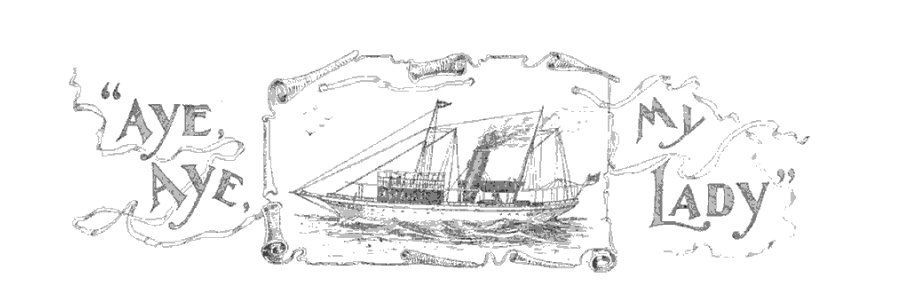 Aye, Aye, My Lady
Aye, Aye, My Lady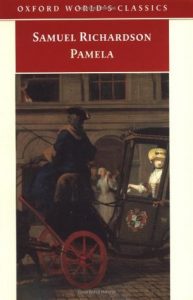 Classic Precursors & Early Romances
Classic Precursors & Early Romances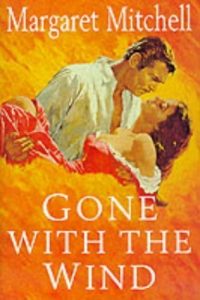 Mid-Twentieth Century Romance
Mid-Twentieth Century Romance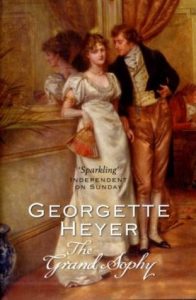 Regencies
Regencies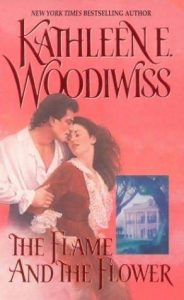 Bodice Rippers
Bodice Rippers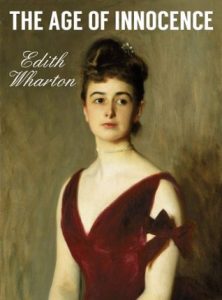 American-set Historical Romance
American-set Historical Romance
